Throughout history, humans have created some pretty wild food-related gadgets and techniques that totally changed how we eat. From simple utensils to complex preservation methods, these inventions were often met with suspicion, mockery, or even outright hostility when first introduced.
Yet these game-changers eventually revolutionized our relationship with food, transforming not just what we eat, but how we prepare, store, and enjoy our meals.
1. The Scandalous Fork Revolution

Would you believe aristocrats once considered forks downright satanic? When an 11th-century Byzantine princess brought forks to Italy for her wedding, clergy condemned these “unnecessary luxury items” as an insult to God’s gift of fingers! Eventually, practicality won out over prejudice.
By the 17th century, these devilish dining tools had spread throughout Europe, forever changing table manners and making messy foods more manageable.
2. Refrigeration’s Chilling Reception
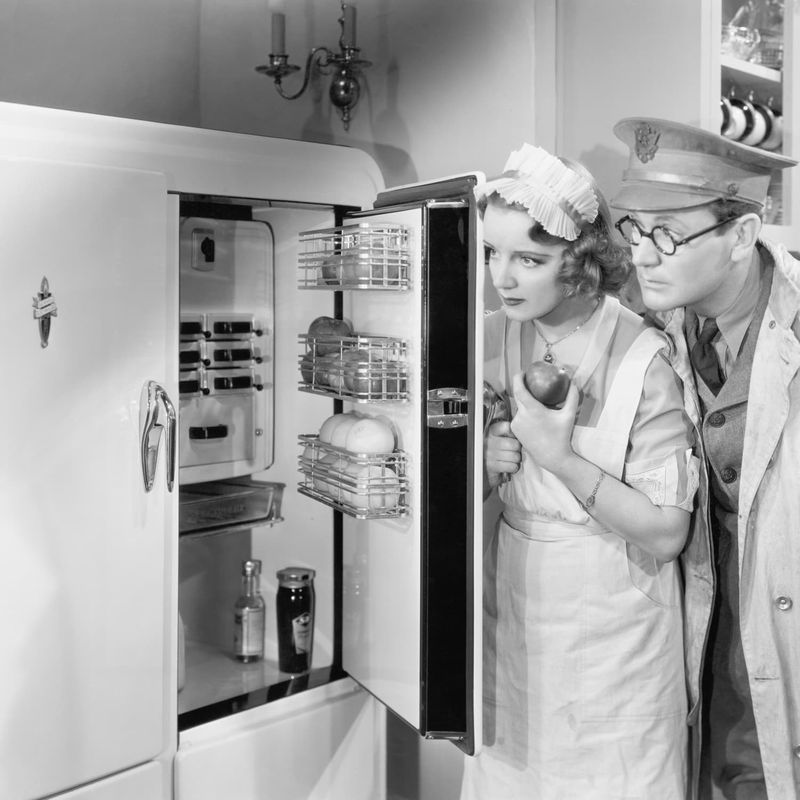
Brrr! Early refrigeration systems in the 1800s terrified people who believed artificially cold air caused illness. Naysayers claimed ice-cooled food was “unnatural” and potentially poisonous to consumers. Despite the frosty welcome, mechanical refrigeration transformed food preservation forever.
No longer dependent on seasonal ice harvesting, families could safely store perishables year-round, dramatically reducing foodborne illness while revolutionizing shopping habits.
3. Microwaves: Radiation In The Kitchen?!
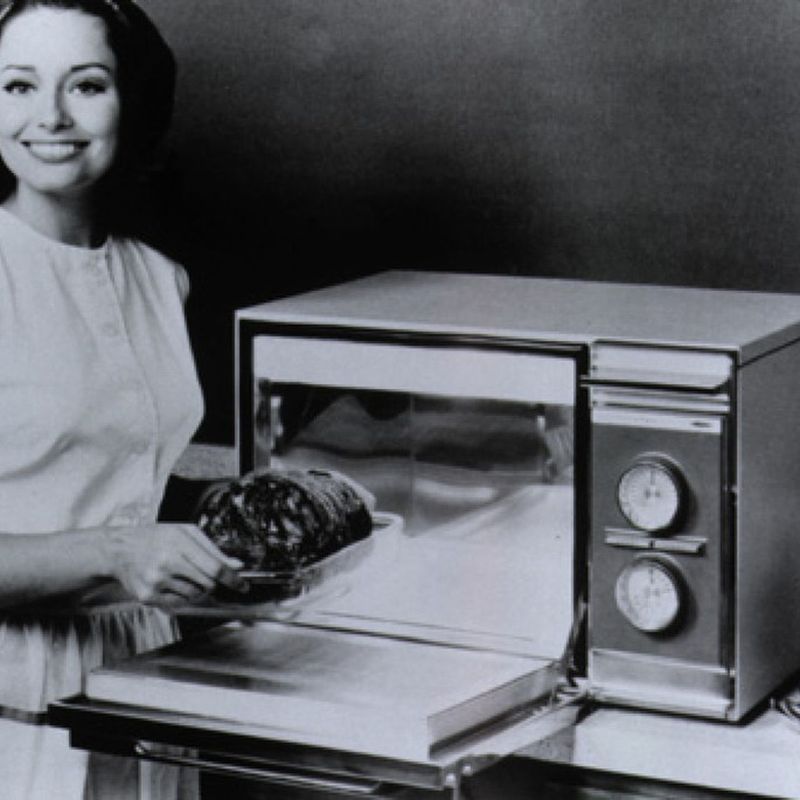
Zap! When microwaves debuted in 1947, they cost nearly $3,000 (equivalent to $40,000 today) and stood 5.5 feet tall! Many feared these radiation-emitting monsters would cause cancer or sterilize men standing nearby. How times change!
Now these countertop conveniences occupy 90% of American kitchens, heating leftovers in minutes instead of hours. Talk about a technological turnaround that transformed quick meals forever!
4. Pasteurization’s Heated Debate

“Raw milk enthusiasts were OUTRAGED!” When Louis Pasteur introduced his heating process in 1862, traditionalists insisted it destroyed milk’s nutritional value and natural taste. Medical professionals questioned whether ‘tampered’ milk could truly be healthy. Nevertheless, pasteurization marched forward, virtually eliminating milk-transmitted tuberculosis and typhoid fever.
This simple heating technique ultimately saved millions of lives while extending dairy product shelf life exponentially.
5. Canned Food’s Suspicious Start
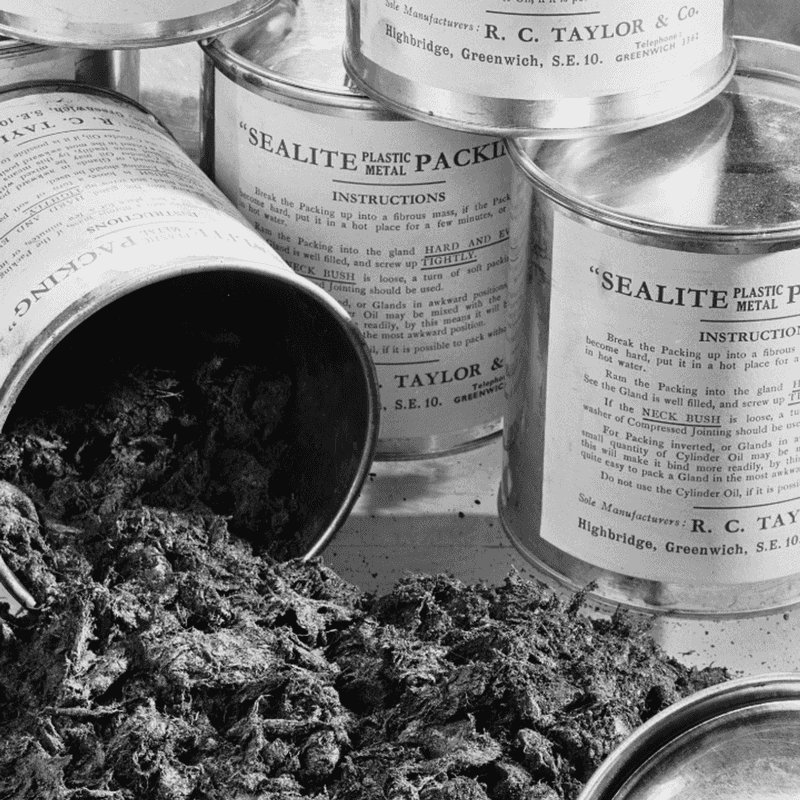
Ever wondered why people initially feared eating from metal containers? When Nicolas Appert invented canning in 1809, folks worried about metal poisoning and questioned how food could possibly remain edible without spoiling. Ironically, these suspicious cylinders later sustained armies, enabled exploration, and revolutionized food distribution globally.
Without canned goods, modern grocery stores and emergency preparedness would look radically different. Share your favorite canned food hack!
6. The Pressure Cooker Panic
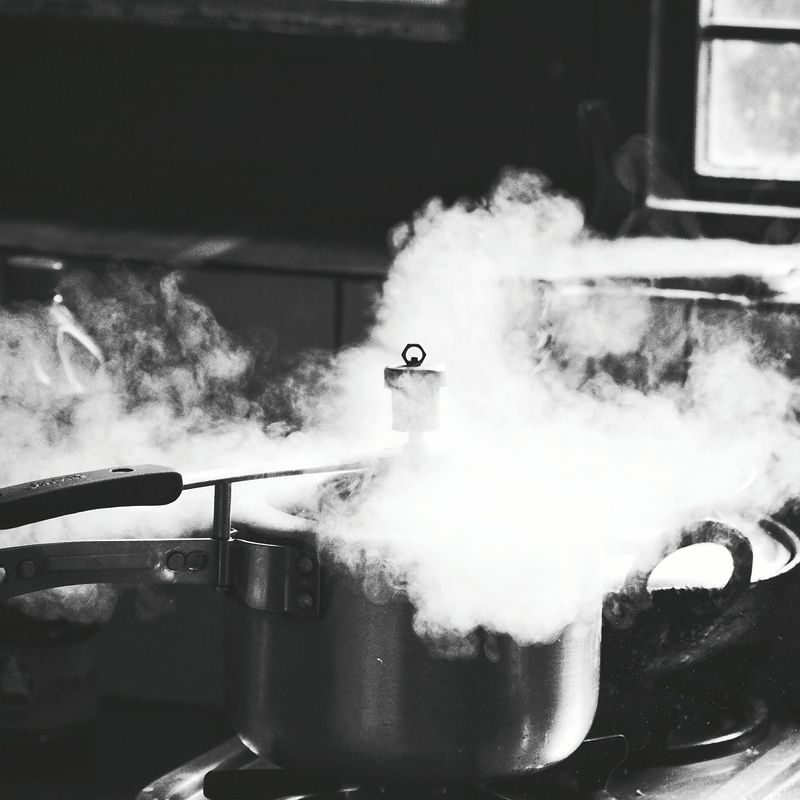
Early pressure cookers earned the nickname “devil’s pots” after numerous explosive kitchen disasters! These hissing, steaming contraptions struck fear into homemakers despite promising faster cooking times.
Though initially terrifying, modern safety features transformed these once-dangerous devices into trusted timesavers.
Today’s Instant Pot cult following proves how completely these former kitchen menaces have been rehabilitated into must-have appliances!
7. Artificial Refrigeration’s Frozen Reception
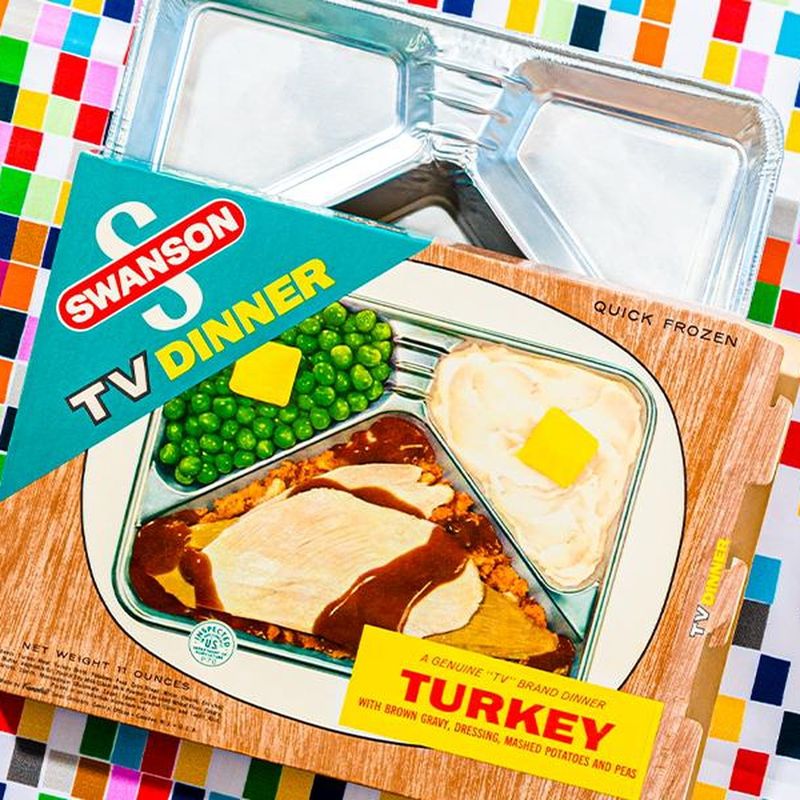
What if I told you frozen food was once considered completely unpalatable? When Clarence Birdseye introduced quick-freezing methods in the 1920s, consumers turned up their noses at the mushy, flavorless results of earlier freezing attempts.
However, Birdseye’s flash-freezing revolution preserved food’s texture and nutrients unlike anything before. His innovation launched the convenience food industry, forever changing supermarket layouts and weeknight dinner preparation across America.
8. Coffee Filters’ Drip-Drop Disruption
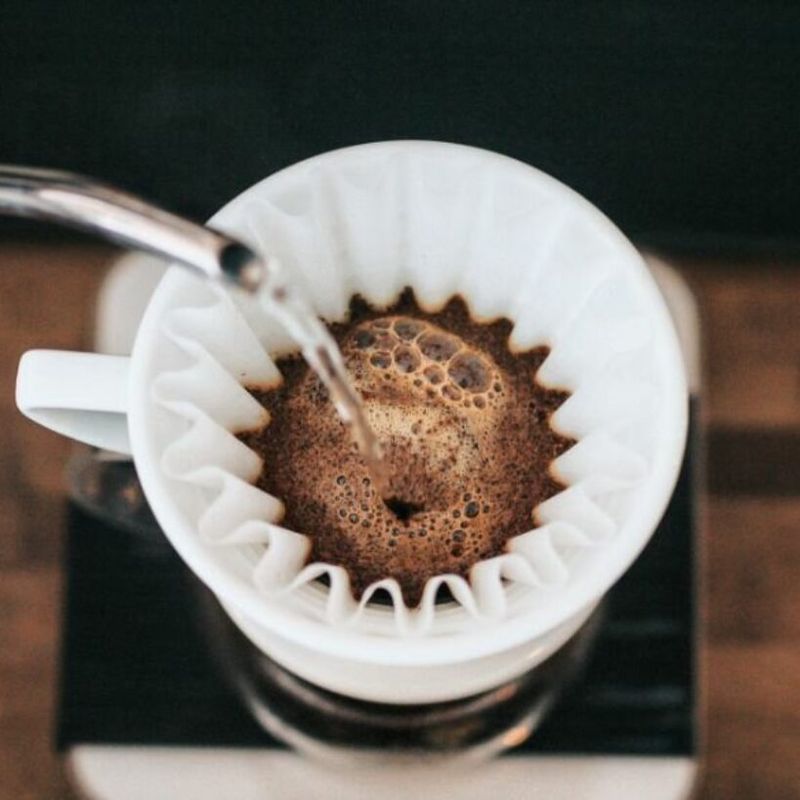
Though seemingly simple, Melitta Bentz’s 1908 paper filter invention faced ridicule from coffee purists who insisted grounds belonged in the cup! Using blotting paper from her son’s school notebook, this German housewife revolutionized morning routines worldwide. Hence, the humble coffee filter transformed a bitter, gritty beverage into the smooth, clean cup we expect today. Without Bentz’s innovation, our beloved coffee culture might look (and taste) dramatically different. Brew-tiful innovation, wouldn’t you agree?
9. Margarine’s Buttery Battle
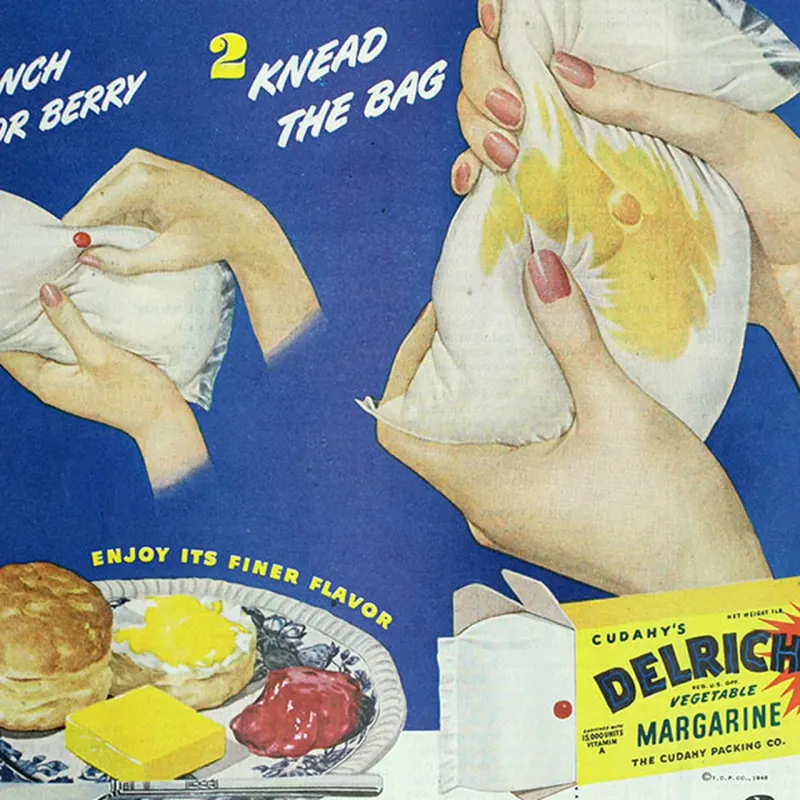
Holy cow! When margarine appeared in the 1870s, dairy farmers lobbied so aggressively that some states required it to be dyed PINK to prevent confusion with butter! Wisconsin even banned it entirely until 1967. Nevertheless, this butter substitute persisted through fierce opposition to become a kitchen staple.
During wartime butter shortages and later heart-health concerns, margarine’s affordability and versatility won over generations of skeptical consumers despite its controversial beginnings.
10. The Suspicious Soda Stream

Fizz-ical impossibility? When carbonated water first bubbled onto the scene in the 1770s, skeptics called it unnatural and potentially hazardous! Joseph Priestley’s discovery of how to infuse water with carbon dioxide gas seemed like dangerous alchemy. Fast forward to today—carbonated beverages dominate drink markets worldwide.
From early medicinal claims to modern soda empires, bubbly drinks evolved from scientific curiosity to global industry. Isn’t it amazing how completely we’ve embraced what was once considered a bizarre chemical concoction?
11. The Contentious Kitchen Mixer
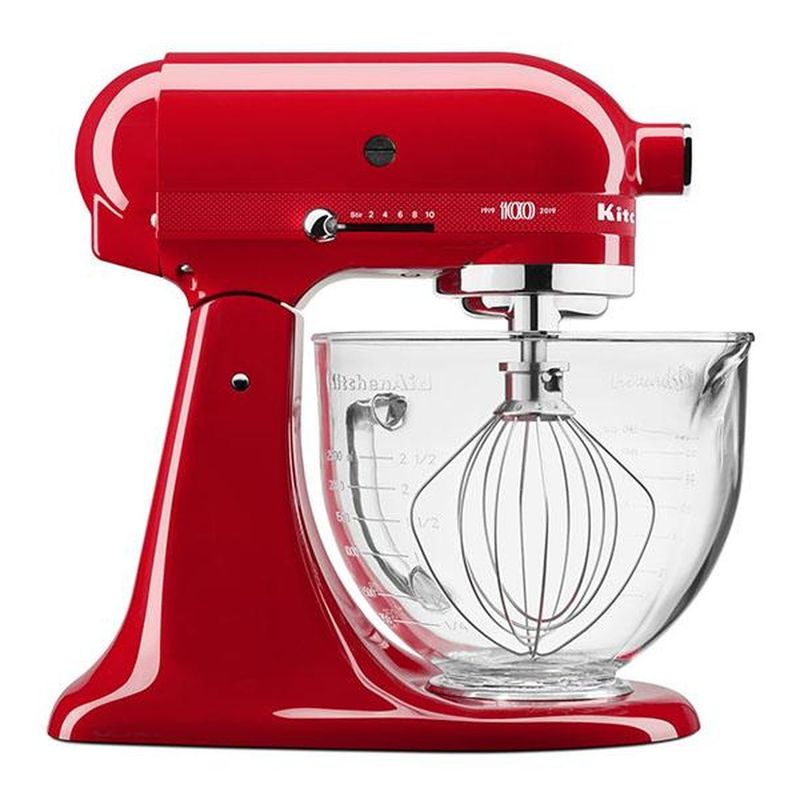
Whipping up controversy! When Herbert Johnson invented the stand mixer in 1908, professional bakers protested this mechanical intruder threatening their artisanal skills. Many households considered it an unnecessary luxury during tough economic times.
KitchenAid mixers, initially rejected as excessive, now command prime counter space in millions of homes. The once-ridiculed appliance transformed from industrial equipment to beloved kitchen icon, with vintage models becoming cherished heirlooms passed through generations.
12. The Microplane’s Accidental Genius
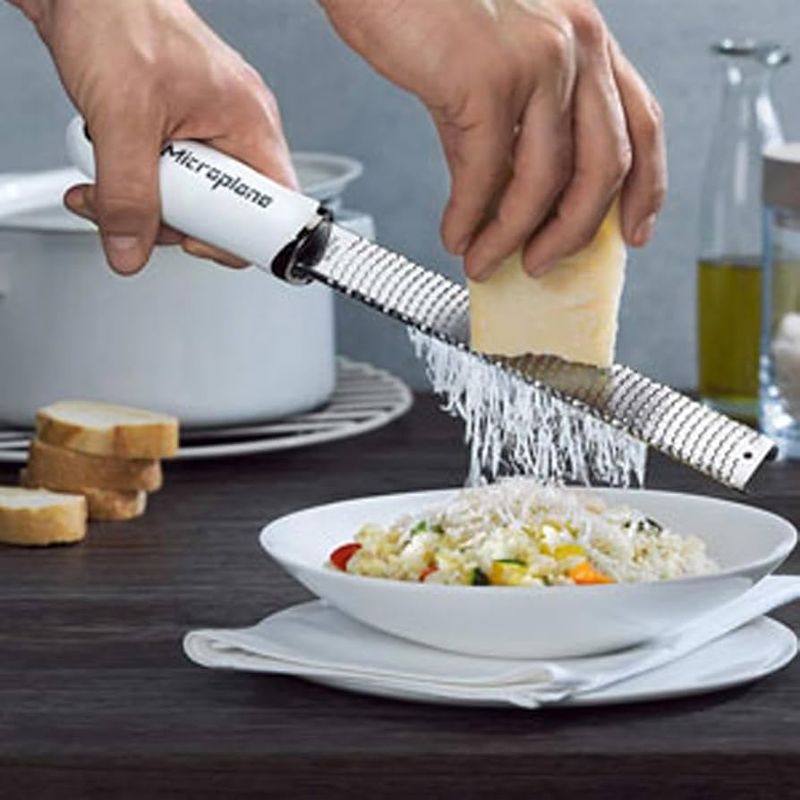
From woodworking reject to kitchen revolution! When a Canadian housewife borrowed her husband’s woodworking rasp to zest orange in 1994, the Microplane was accidentally reborn as a culinary tool, despite initially being dismissed as a bizarre crossover.
Chefs worldwide now swear by these razor-sharp graters that transformed zesting, grating, and shaving ingredients. Sometimes the most revolutionary kitchen tools come from completely unrelated industries! Have you tried using unexpected tools in your cooking?
13. Artificial Sweeteners’ Bitter Beginning
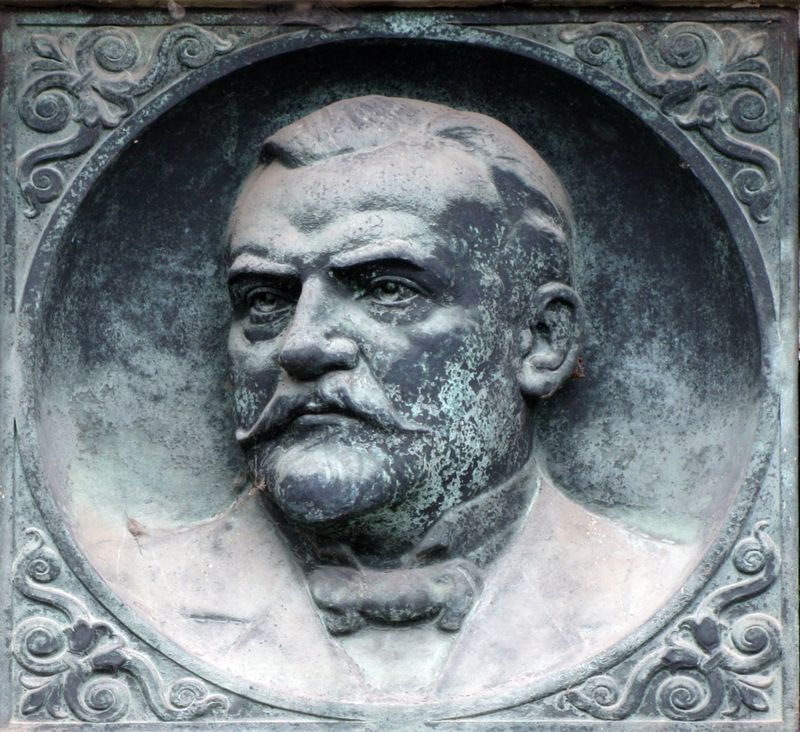
Accidentally discovered when chemist Constantin Fahlberg forgot to wash his hands after lab work in 1879, saccharin was initially viewed with deep suspicion.
Who would deliberately eat a coal tar derivative? Though repeatedly investigated and nearly banned multiple times, artificial sweeteners survived scrutiny to become diet staples. From wartime sugar shortages to modern weight-management trends, these once-suspicious substances transformed food manufacturing while sparking ongoing debates about health implications.
14. The Contentious Blender Revolution

Noisy nuisance or kitchen necessity? When Stephen Poplawski patented the first blender in 1922, critics dismissed it as an expensive, ear-splitting gadget with limited practical use beyond milkshakes.
Look how far we’ve come! From green smoothies to soups and sauces, modern blenders have transcended their humble beginnings. The once-mocked appliance now powers everything from health food movements to craft cocktail culture, proving initial skeptics deliciously wrong.

